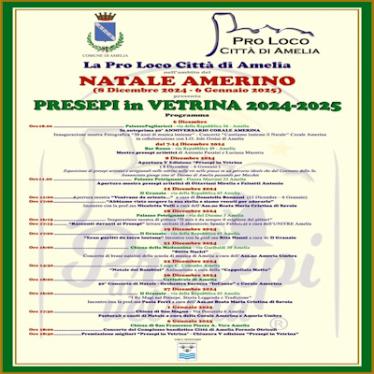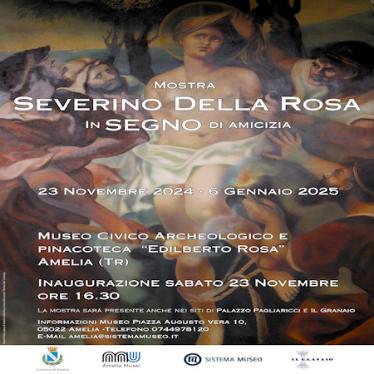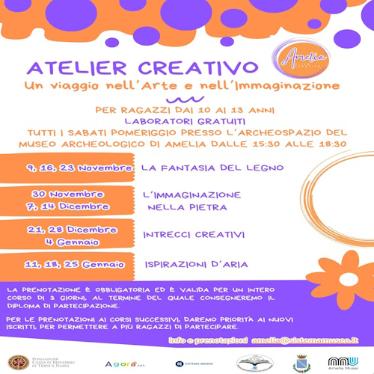L'HISTOIRE
Amelia est entourée de puissants murs polygonaux datant de l'époque romaine, où différents styles coexistent en harmonie.
L'agglomération primitive, parmi les premiers centres italiens, s'est développée à l'époque préromaine sur l'acropole du XIIe au XIe siècle avant J.-C., d'où elle dominait les agglomérations éparses situées en contrebas. La construction des murs polygonaux, probablement à partir des IVe et IIIe siècles avant J.-C., a donné à la ville sa conformation définitive, qui correspond au centre historique actuel.
Pline l'Ancien rapporte ce que Caton a écrit dans Origines, attestant la fondation d'Amelia en 1134 avant J.-C. par un roi mythique du nom d'Ameroe, qui a donné son nom à la ville.
En 90 avant J.-C., elle devint un municipium romain florissant, qui atteignit sa splendeur maximale à l'époque augustéenne. Grâce à sa position dominante sur la Via Amerina, l'une des principales artères reliant l'Ombrie à l'Italie centrale, elle fut un centre nodal pour les communications militaires et l'expansion romaine, mais aussi l'une des plus anciennes routes de pèlerinage. Assiégée par les Goths (548), elle fut ensuite occupée par les Lombards (579).
ART, CULTURE, ENVIRONMENT
Entering the town, one notices immediately the mighty fortifications of the polygonal city walls, built in the VI-IV centuries BC to defend the town, giving it the unmistakable appearance of a walled city. The walls have 4 gates: Porta Romana (the main access to the town), Porta Posterola, Porta Leone IV and Porta della Valle.
Monuments in town to be visited include the Cathedral, the most important religious building in Amelia, the Monastery of San Magno, the Church of San Francesco, the Church of Sant'Agostino and the rural church of Madonna delle Cinque Fonti, which according to legend gave hospitality to St. Francis.
Worthy of note are the 15th-century Palazzo Nacci and the 16th-century Palazzo Farrattini e Petrignani and Civic Tower, symbol of the independence of the commune, as well as the splendid 18th-century Theater. The ex-Collegio Boccarini is now the home of the Archeological Museum, which holds the impressive bronze statue of Germanicus, nephew of the emperor Tiberius, and other important artifacts found in the Amelia area.
Just 3 km from the historic center, set in the verdant hills surrounding Amelia, is the magnificent Convent of the Santissima Annunziata, built in the 15th century over a preexisting hermitage.
Amelia hold exciting surprises below ground as well, following a route leading to the discovery of the ancient Roman cisterns, a work of hydraulic engineering constructed sometime around the 2nd century AD, which are open to the public with an entrance on Piazza Matteotti.
Among the natural wonders is the lake called Lago Vecchio. Created by the Rio Grande stream, it can be reached by a footpath and is a popular spot for fishing. For those who love the woods, 4 km out of town there is a large park in the middle of an ilex grove, "La Cavallerizza," which also has an area for horseback riding.





























